Description
This resource includes over 100 pages of arrangements, teaching strategies, and helpful visual aids that can be used for in-person or remote learning. Synthia MacEachern provides everything you need to create engaging music lesson plans that spiral through the early years.
Spiral instruction unifies your music program and supports cross grade-level music experiences. Songs and poems developed in this book are “Star Light”, “One, Two, Three”, “Acka Backa Soda Cracker,” and an original composition “Ice Cream”. Two original stories to use in the music classroom have also been included.
Each song has been developed into four categories – Let’s Sing, Let’s Move, Let’s Play, and Let’s Create and offer developmentally appropriate teaching strategies for 4 to 9-year-olds. The visual aids and worksheets can be reproduced to use in your classroom. All Orff arrangements were created by Synthia MacEachern and introduce the Orff instrumentarium to young learners. Recorder strategies have been included for two songs.

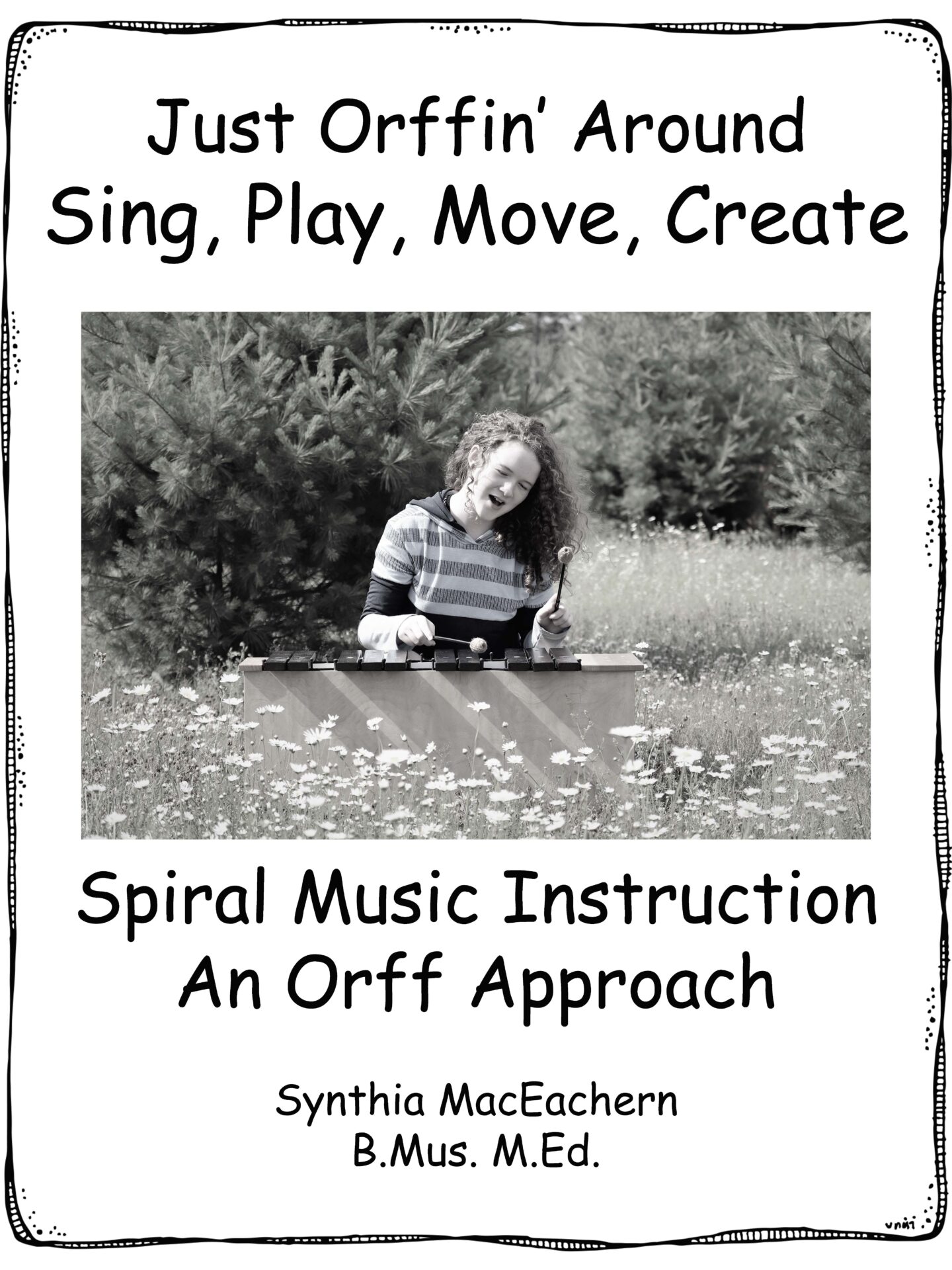
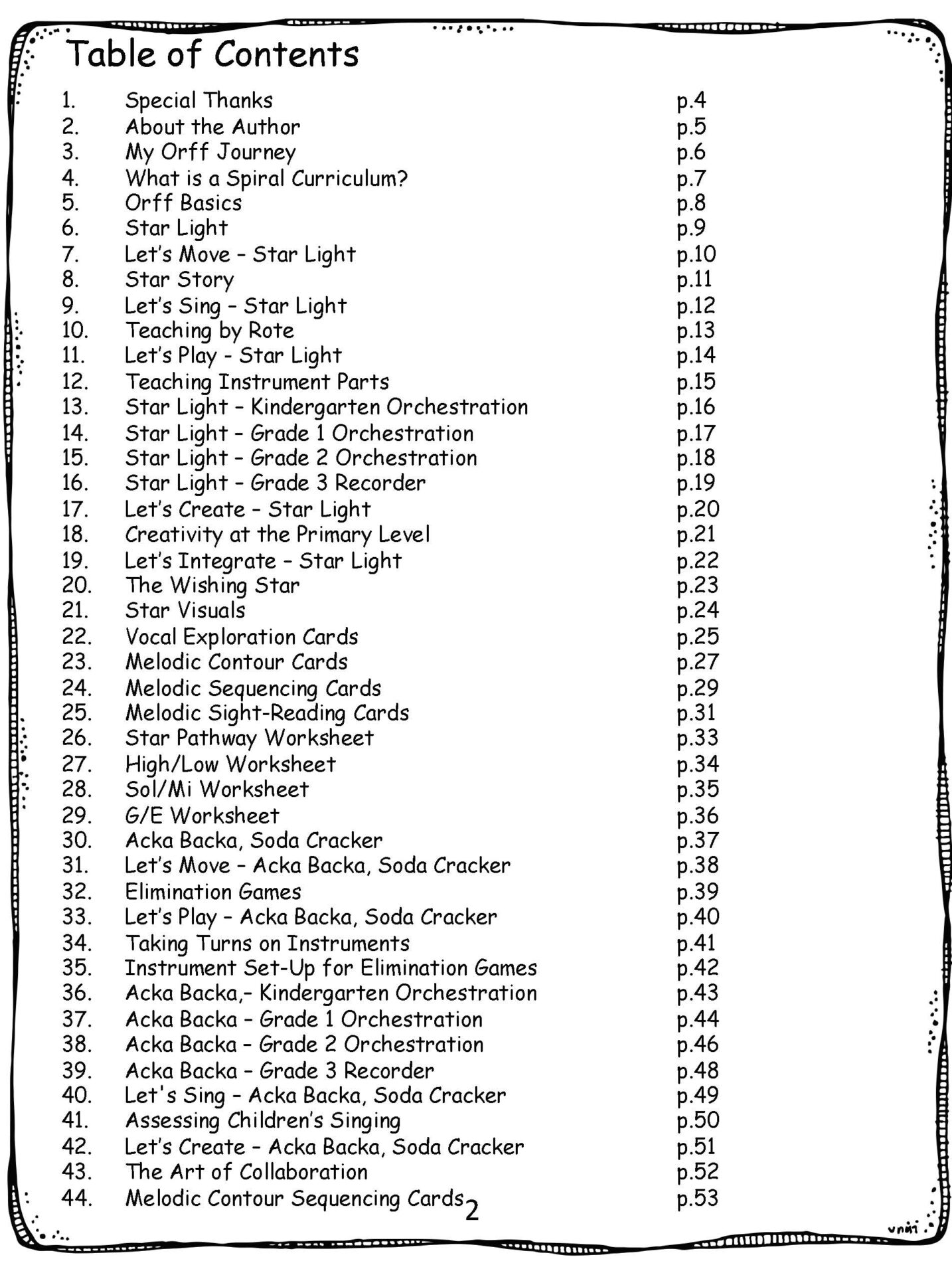
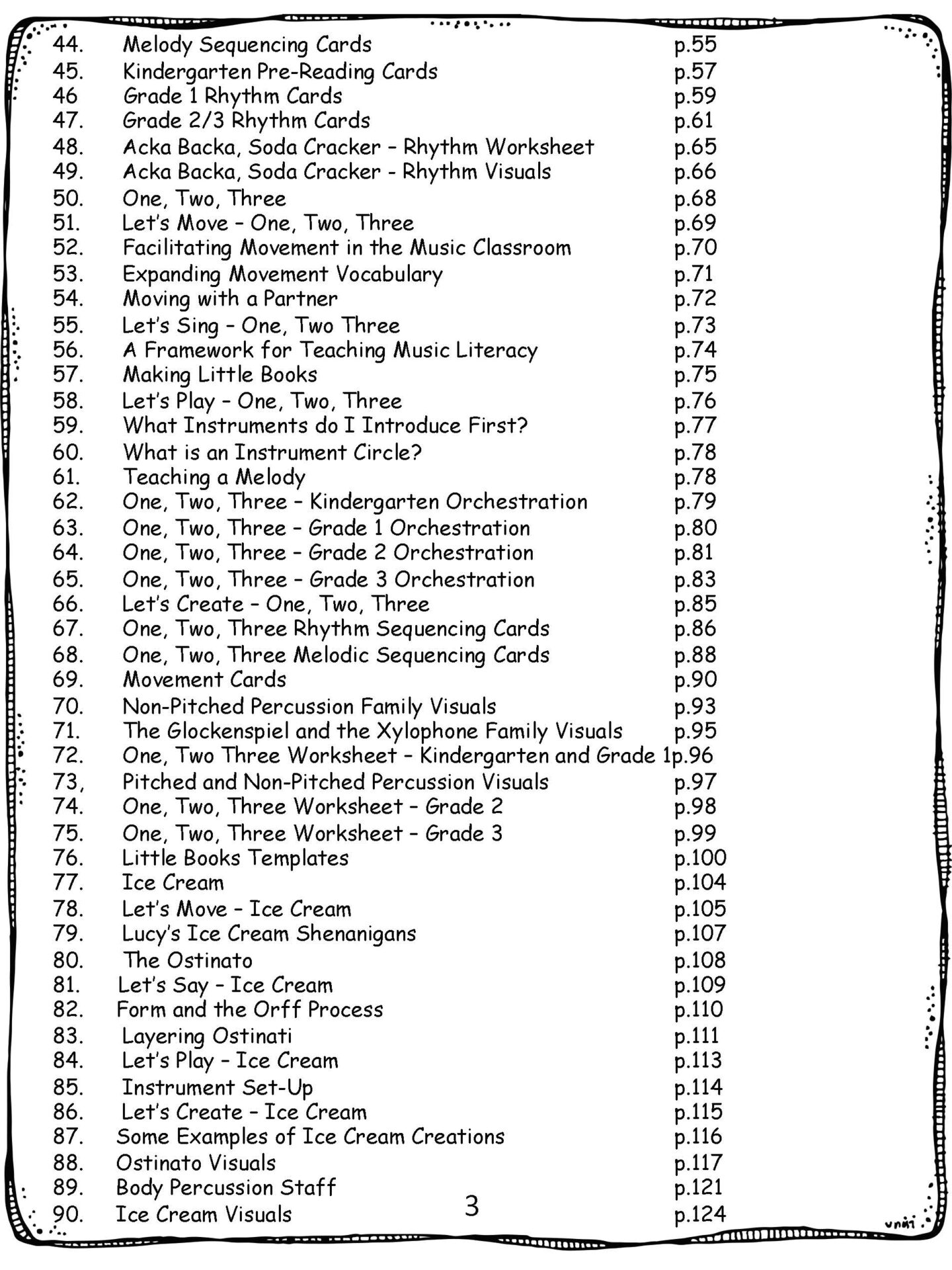
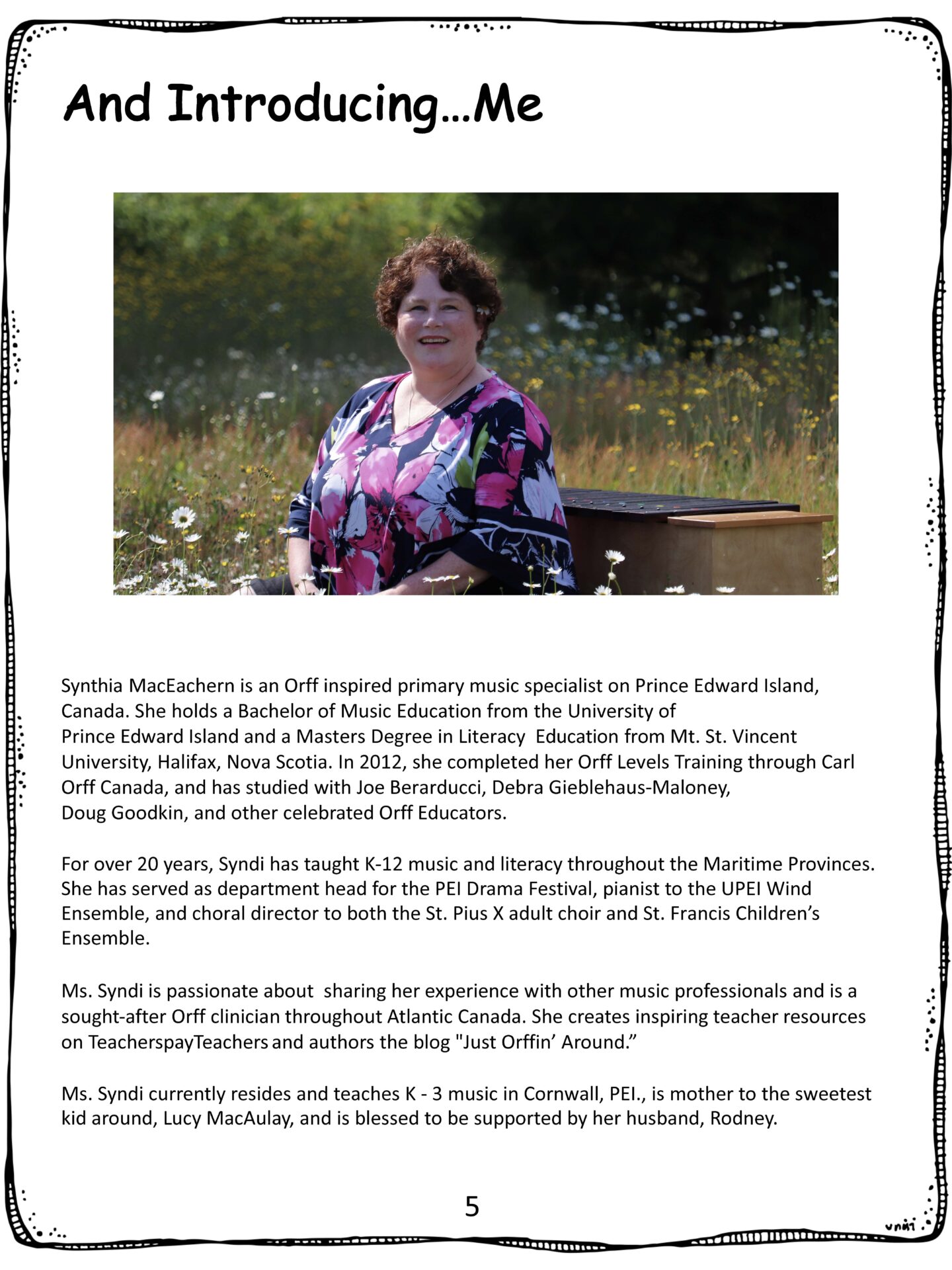
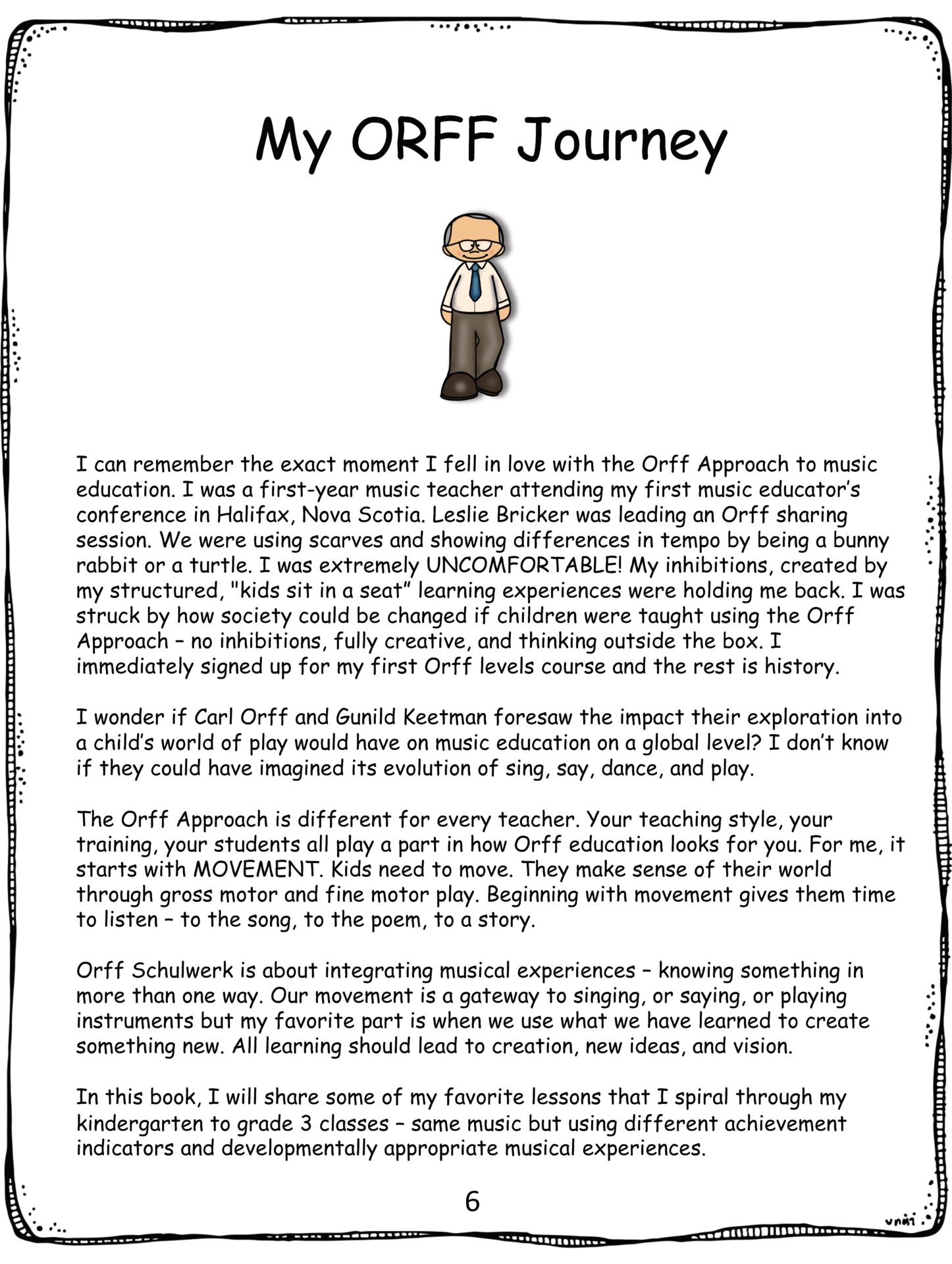
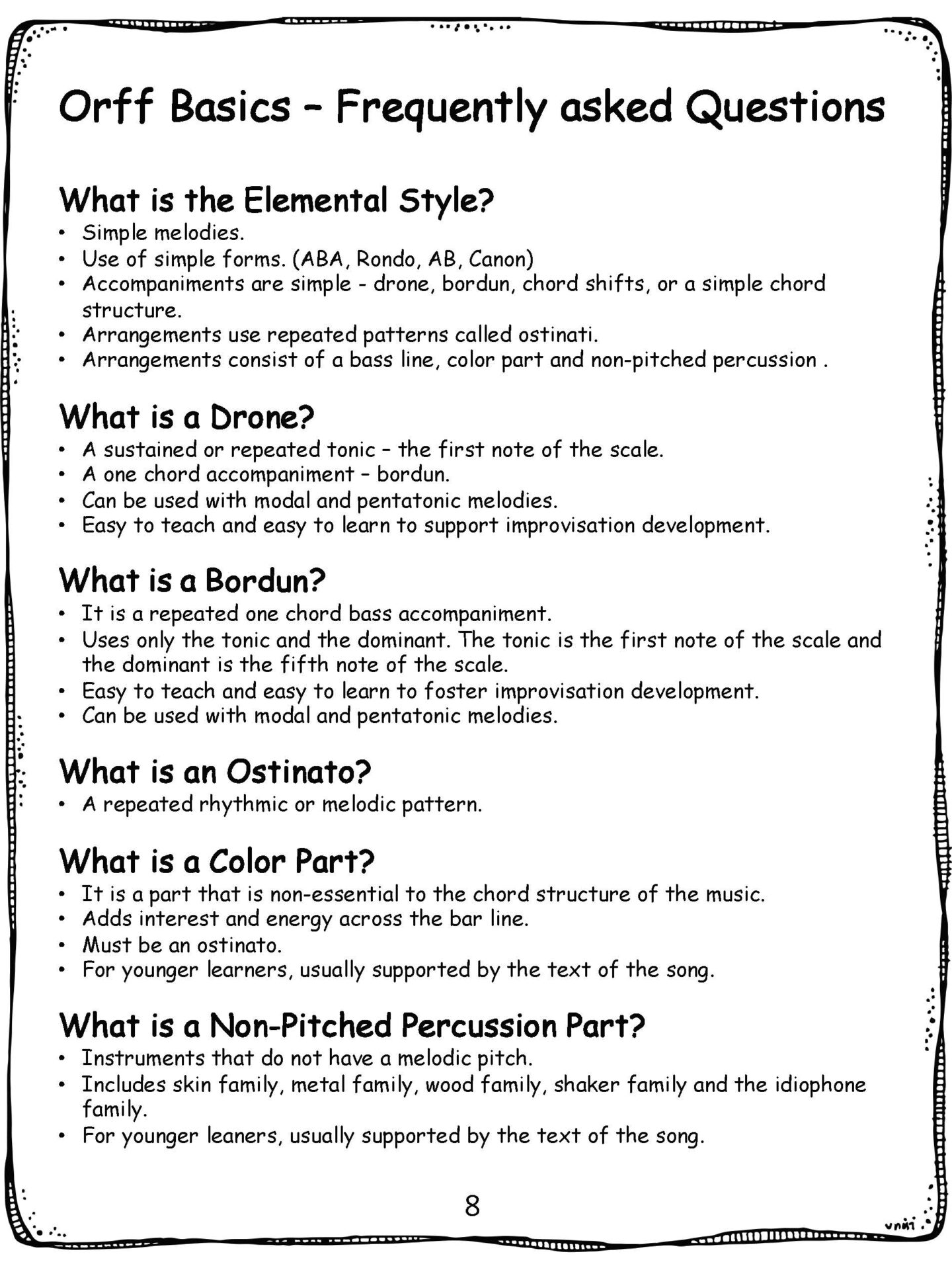
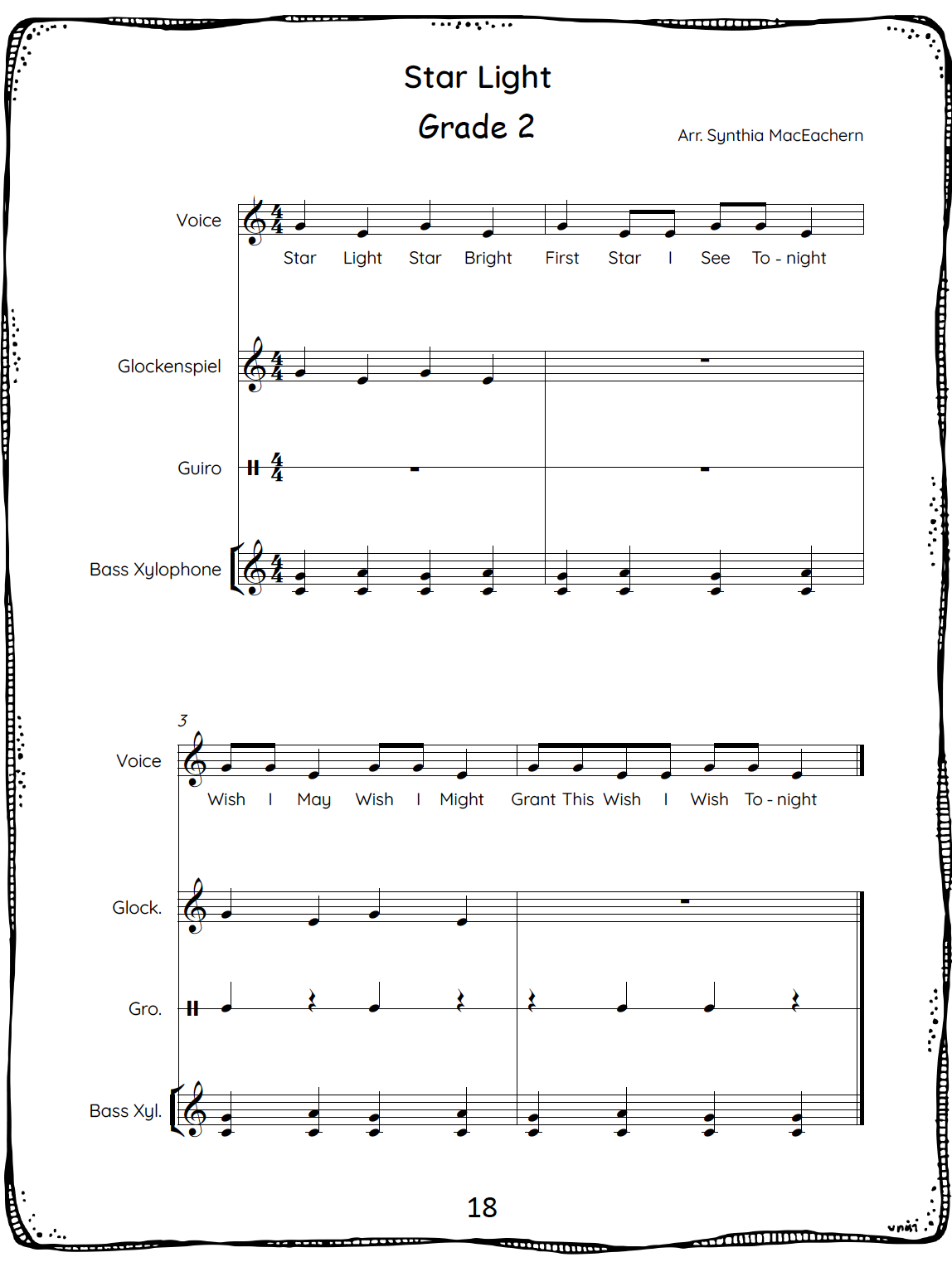
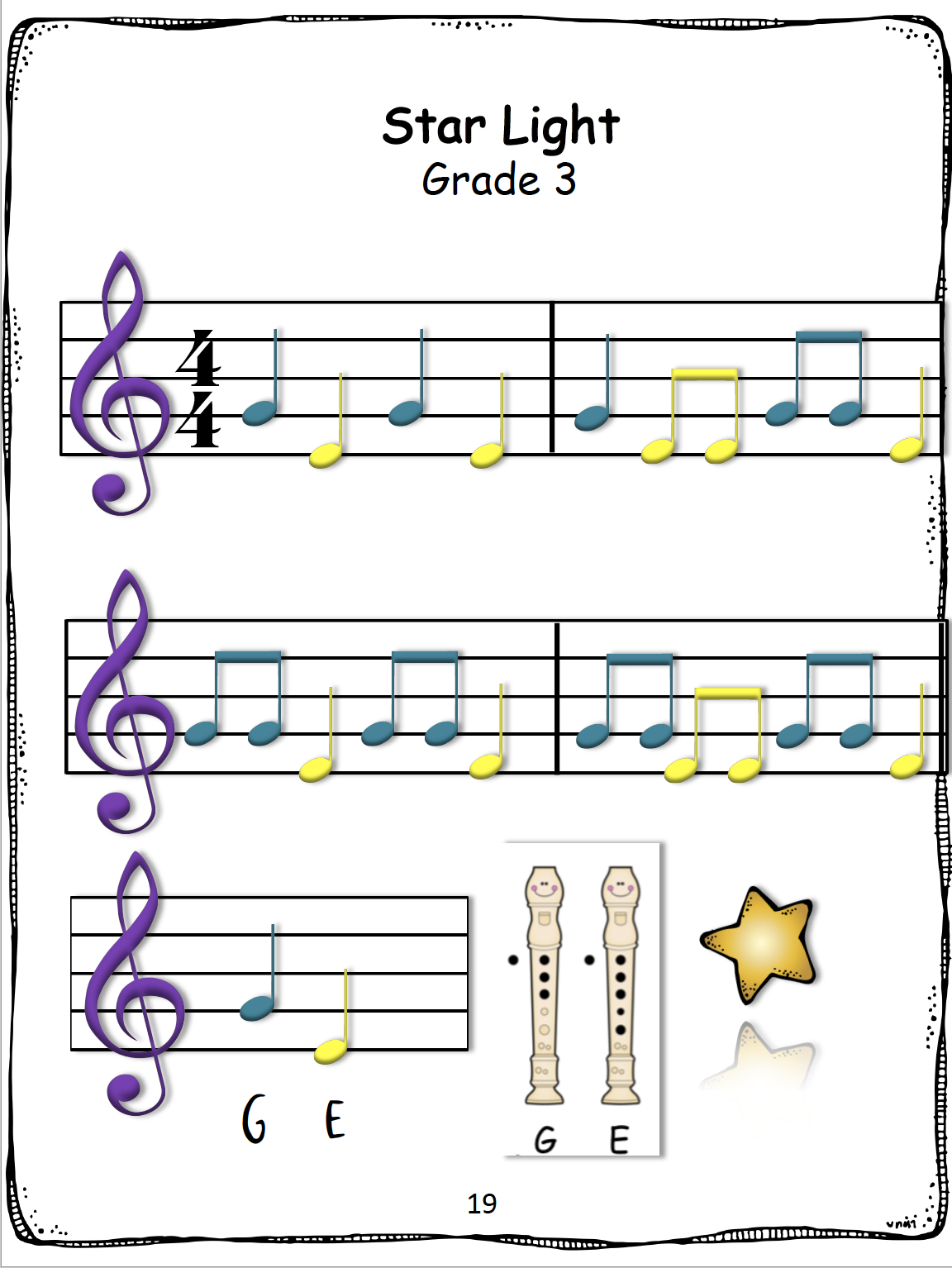
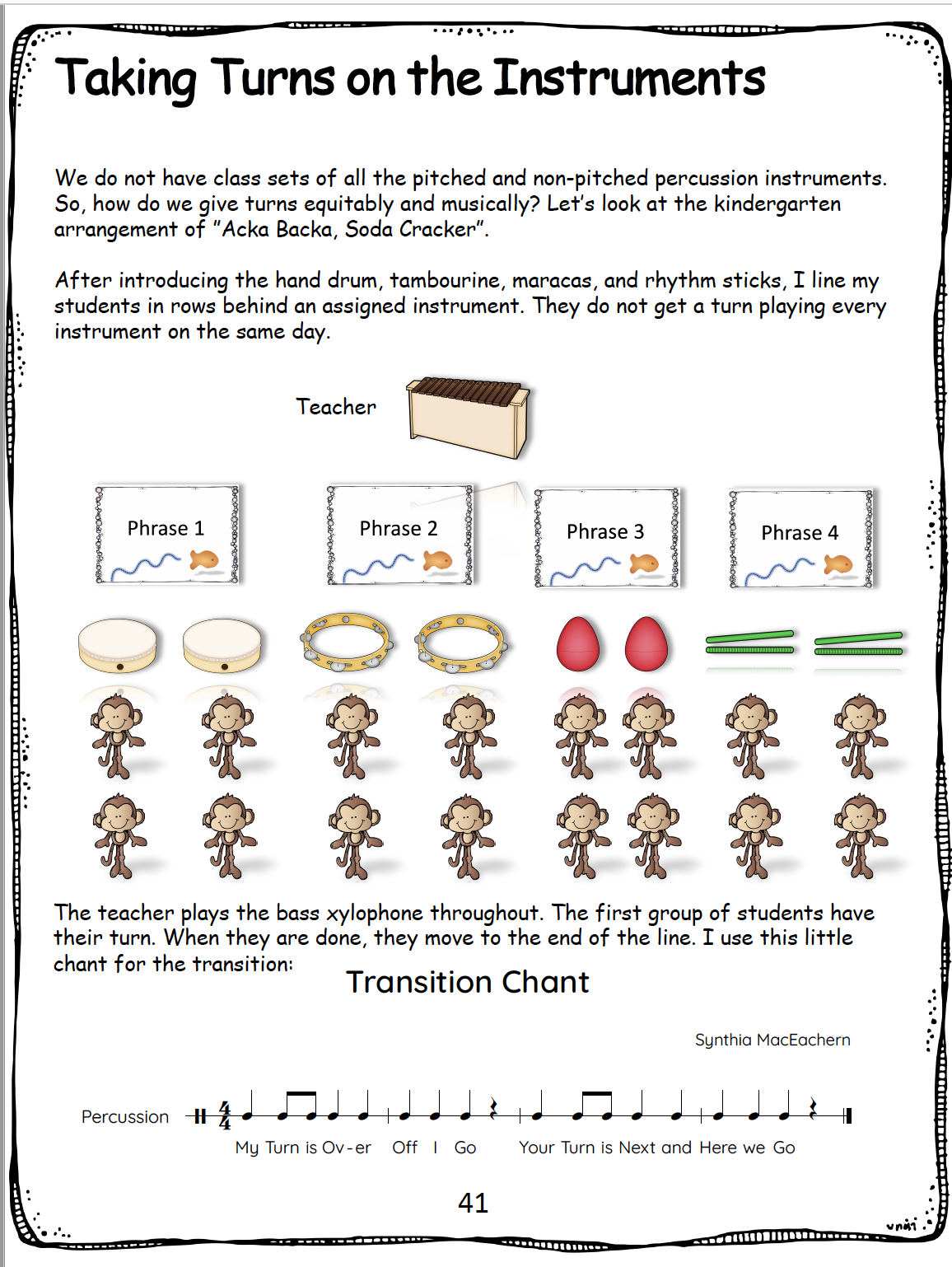
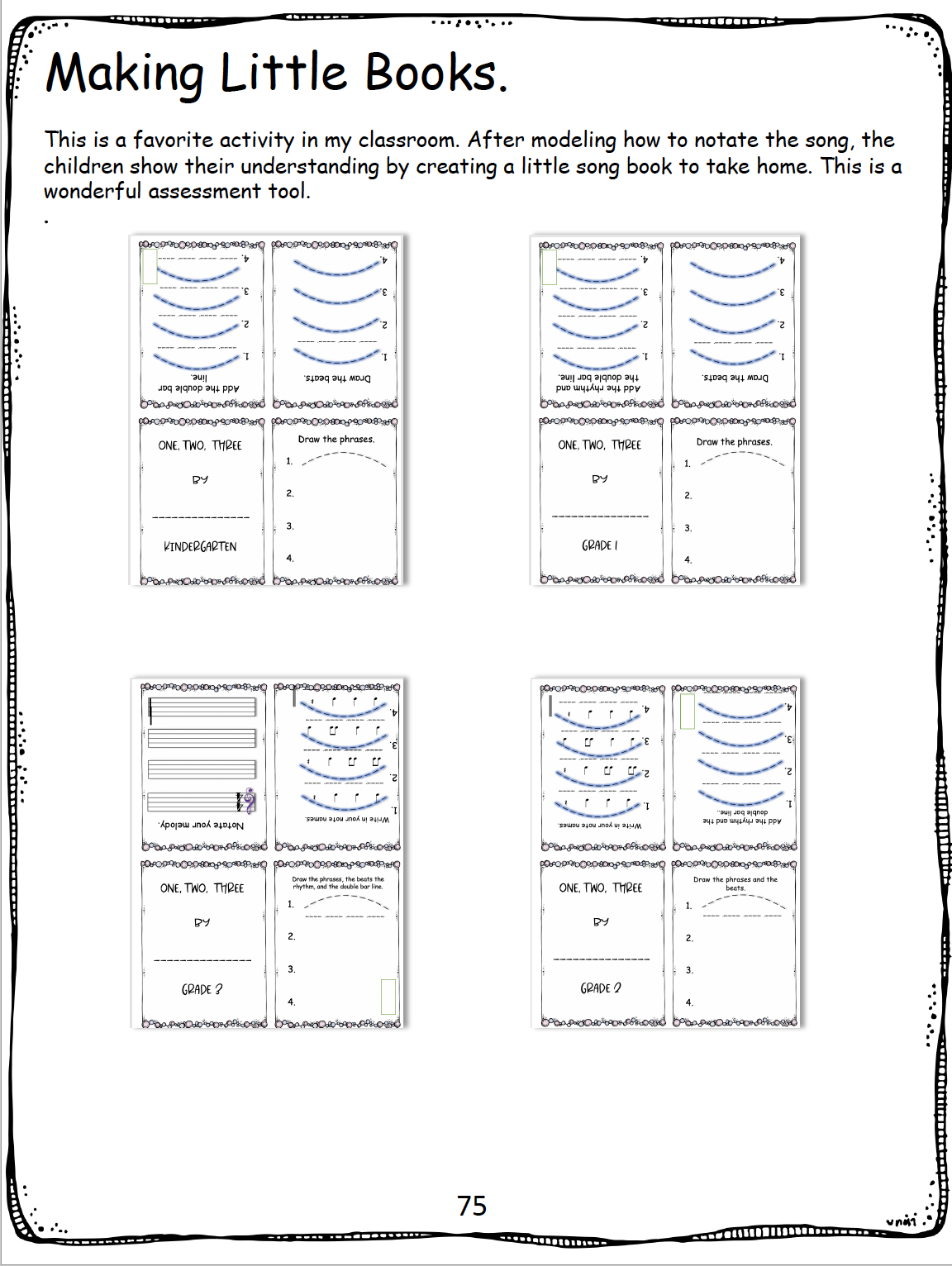
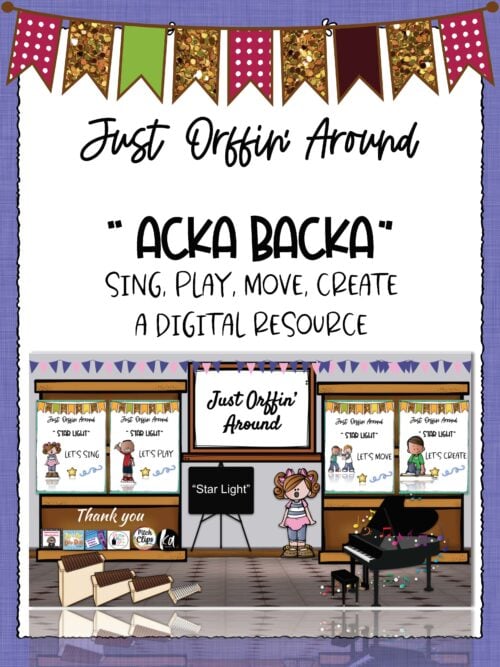
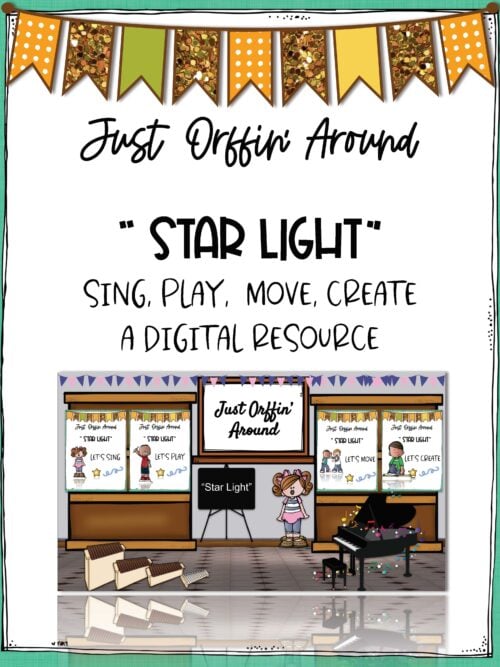

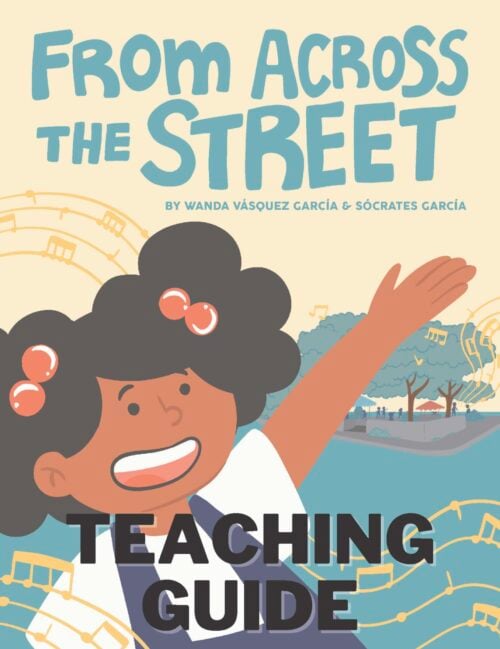
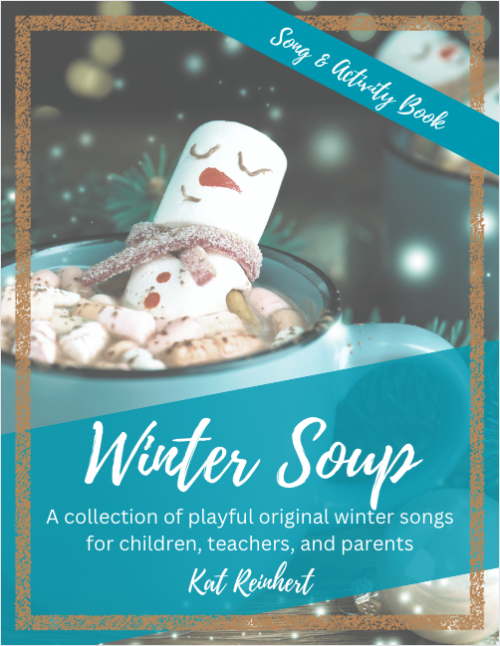
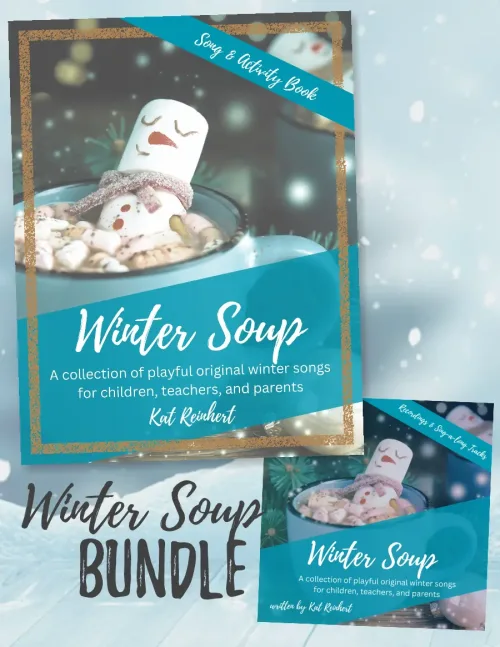

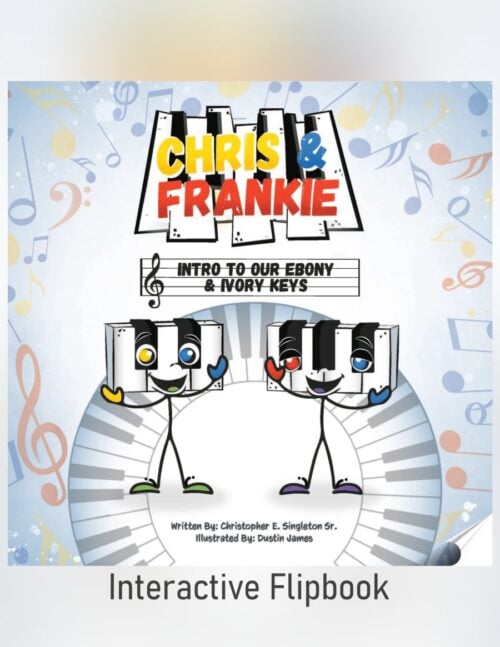
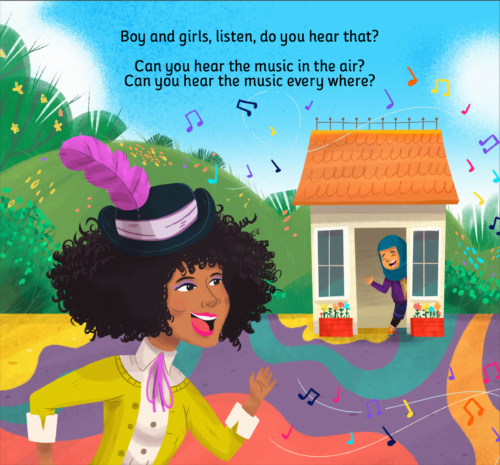
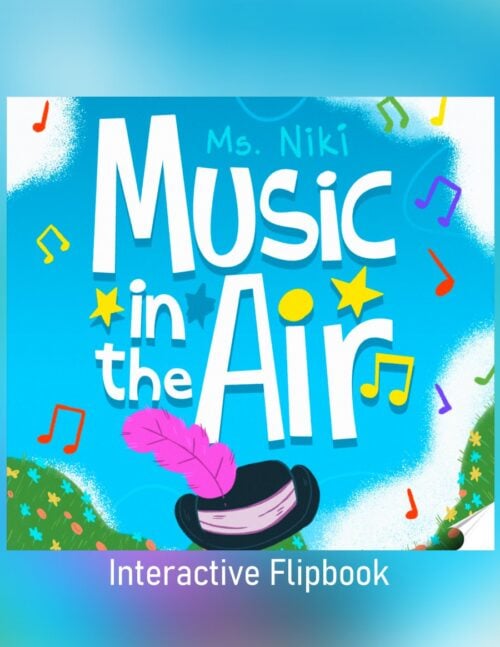
Denise Wilson –
I LOVED Synthia’s new book, Just Orffin Around – Sing, Play, Move, Create!! I wholeheartedly recommend this book for anyone teaching elementary music! Synthia organizes her book using a spiral approach to teaching curriculum. This is one of my favorite aspects of her book. Guiding students as they progressively build more skill and knowledge each year, while using familiar music or poetry, is brilliant! I also loved how Synthia organizes this progression using the Orff media: move, sing, play, create. This is fundamental to the Orff Approach, where children learn from experiencing, doing and most vitally, creating. Synthia also presents a book that is visually appealing and logically laid out in such a way that material is easy to find and easy to follow. I encourage you to buy this book! It will be a valuable addition to your resource shelf and also, perhaps, inspire us all in how to better organize our own lessons. Congratulations Synthia and thank you for sharing your valuable experience and expertise!
-Denise Wilson, Past President of Orff Nova Scotia
Louise Lemaitre –
This book is incredibly rich with ideas on how to teach music using the Orff approach from Kindergarten to Grade 3. It uses the spiral curriculum, which, like every concept in the book, is very well explained. Whether you are a beginner teacher new to the Orff approach, or one who uses it regularly, every teacher will find in this book something new to try in their classroom or music class.
After a brief summary of different components of the Orff approach, MacEachern presents a simple song which is then used as the basis of her lessons. Those include exercises which increase in difficulty for each grade. The units culminate in a Let’s Create section, in which students can show their understanding of the concepts presented.
The book also comes with many visual supports to enrich each lesson.
Louise Lemaître OCT, Toronto
Andrew Dyer-Dietz –
This is a thoughtful, resource demonstrating a deep understanding of both music education and the Orff Schulwerk. Each lesson is explored through the lens of a spiral curriculum, with suggestions for ways you could explore and deep concepts with students from year to year. The book begins with a fantastic FAQ of the Orff philosophy – a great refresher for experts and resource for those new to this style of teaching and learning.
To describe each lesson as rich would be an understatement. Every lesson is arranged and adapted for different age groups, various instrument combinations, and tips for instruction are provided. While the lessons are clear and detailed, there is also a flexibility and room to play based on your own student’s needs.
Each arrangement also comes with accompanying stories and visuals for literacy integration as well as any other materials you may need for successful learning. I appreciated the clear instructions for game play. I will definitely be incorporating activities and arrangements from this book into my work with K-3 students. I hope to see more resources in the future!
Kelley D. Fewer –
“Just Orffin around” offers music educators a selection of resources that can be used in the K-3 classroom. The musical material is presented through the Orff lens, and spirals through the curriculum, where each successive grade uses the same song, but at an appropriate developmental and conceptual level. As a K-12 specialist, I’m a big fan of the spiral curriculum- when you’re tight on time, it helps that you can use material the kids already know to work with new skills and concepts.
For new teachers, she presents an explanation of Orff terminology and pedagogy and how the Orff philosophy is implemented in the music classroom. The structure Sylvia provides for working with the musical selections illustrates the fundamental Orff principles, and the sequence of instruction can be applied to many other musical selections.
This reference is full of visual examples, notation cards and suggestions for student activities, as well as management strategies for playing instruments, movement, and students collaboration.
For beginning teachers new to the Orff approach, or seasoned teachers looking for new ways to work with “the standards”, the resource provides many ways for students to engage in authentic music-making.
Kelley D. Fewer, K-12 music
Newfoundland & Labrador
Kelley Fewer –
“Just Orffin around” offers music educators a selection of resources that can be used in the K-3 classroom. The musical material is presented through the Orff lens, and spirals through the curriculum, where each successive grade uses the same song, but at an appropriate developmental and conceptual level. As a K-12 specialist, I’m a big fan of the spiral curriculum- when you’re tight on time, it helps that you can use material the kids already know to work with new skills and concepts.
For new teachers, she presents an explanation of Orff terminology and pedagogy and how the Orff philosophy is implemented in the music classroom. The structure Synthia provides for working with the musical selections illustrates the fundamental Orff principles, and the sequence of instruction can be applied to many other musical selections.
This reference is full of visual examples, notation cards and suggestions for student activities, as well as management strategies for playing instruments, movement, and students collaboration.
For beginning teachers new to the Orff approach, or seasoned teachers looking for new ways to work with “the standards”, the resource provides many ways for students to engage in authentic music making.
Kelley D. Fewer, K-12 music
Newfoundland & Labrador